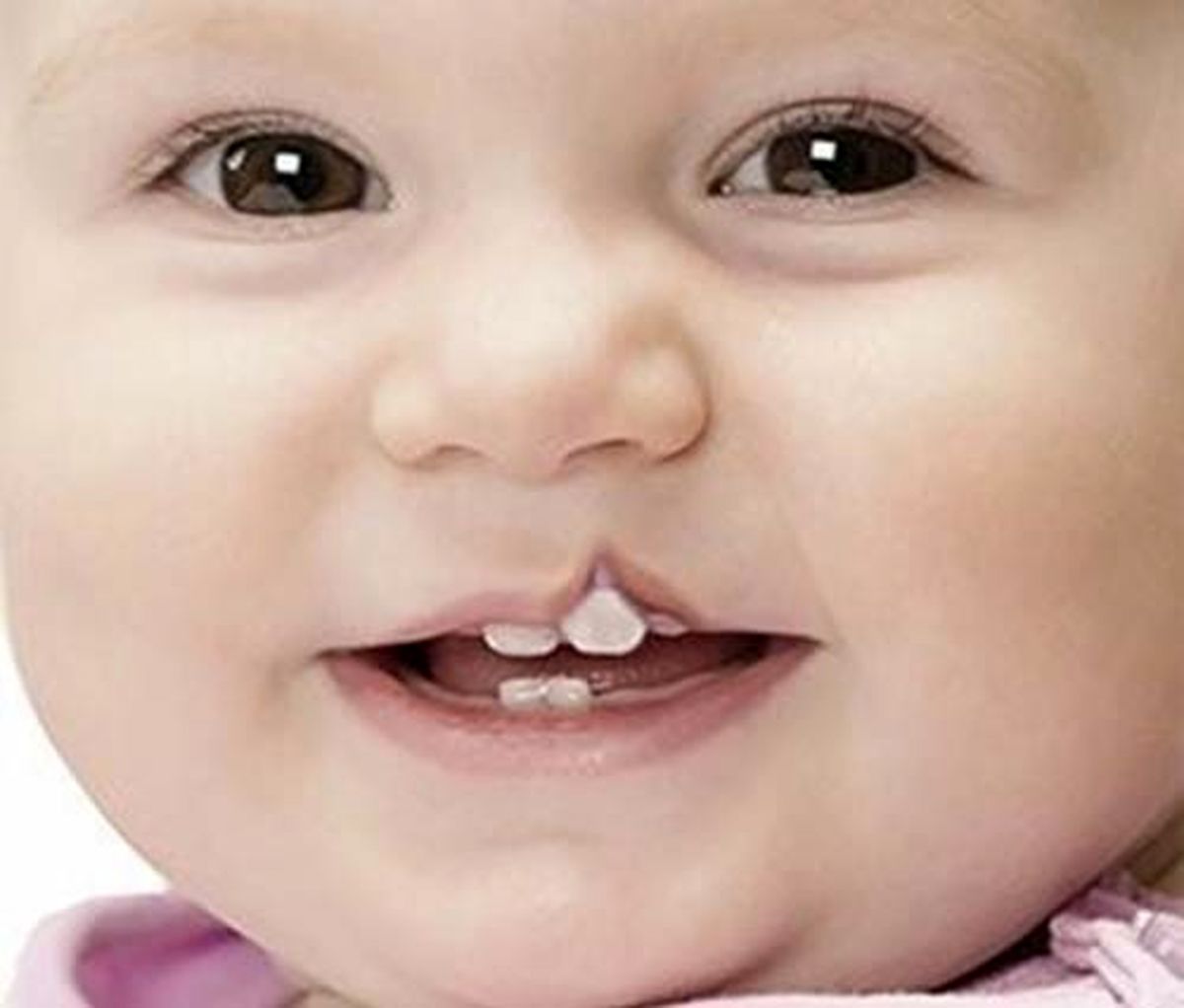
Cleft palate occurs when the roof of the mouth is not completely closed and the cavity remains, that can be pulled into the nasal cavity. The cleft may involve both sides of the palate.
Cleft lip and palate will occur early in pregnancy and when the sides of the lip and roof of the mouth do not meet as usual.
The causes of cleft palate and cleft lip
The exact cause of cleft palate and cleft lip is not clear. Cleft lip and palate is caused by various genes inherited from parents, as well as environmental factors the scientists have not yet fully understood, such as:
-
Smoking or drinking alcohol during pregnancy
-
Not getting enough nutrients, such as folic acid, before and during pregnancy
-
Having pre-pregnancy diabetes
-
Taking certain medications during pregnancy
-
Obesity during pregnancy
Avoid cleft palate and cleft lip
-
Take folic acid (before and during pregnancy)
-
Have a prenatal checkup.
-
Reach a healthy weight before pregnancy.
Surgery to treat cleft palate and cleft lip
For most babies who have cleft lip alone, the abnormality can be corrected in the first few months of life (usually when the baby weighs between 4.5 and 5.4 kg). Cleft palate repair is usually done between the ages of 9 and 18 months.
The happens during cleft lip and palate surgery
- During and shortly after surgery, your baby will have an intravenous (IV) catheter to supply fluids until he or she can drink through the mouth.
- Your baby’s upper lip and nose will have stitches when the cleft lip is repaired. Swelling, bruising, and blood around these stitches are normal.
The happens after cleft lip and palate surgery
-
Your baby will have stitches from the palate surgery. The stitches are absorbed after a few days.
-
There may be bleeding from the base and mouth that decreases during the first day.
-
There will be swelling at the surgery site that will be significantly reduced within a week.
-
For two or three days, your baby will feel mild pain relieved by a non-aspirin painkiller.
-
Many babies show signs of nasal congestion after surgery.
-
Your child will need antibiotics to prevent infection in the hospital.
-
Depending on your child’s doctor, your child may be in the hospital for one to three days.
Feeding a child with cleft palate and cleft lip
The most important concern for a child with cleft palate is proper nutrition. Sucking is difficult for children with cleft palate due to the poor roof of their mouth. Children with only cleft lip (without cleft palate) do not have nutritional problems normally.
-
Breastfeeding allowed: if breastfeeding does not provide enough food for your baby, look for alternatives.
-
Small and frequent feedings are recommended. This can be a frustrating and slow process, however, your baby gets more calories and therefore gains more weight.
-
In some cases, supplements may be added to breast milk to help your baby meet his or her caloric needs.
The complications of cleft palate and cleft lip
Beyond aesthetic abnormalities, the following may also occur:
-
Nutritional problems are more likely to occur with cleft palate abnormalities. The infant may not be able to suck properly because the roof of the mouth is not fully formed.
-
Ear infection
-
Due to the opening of the roof of the mouth and lips, muscle function may decrease, which can lead to speech delays or abnormal speech.
-
Teeth may not erupt normally and orthodontic treatment is usually needed.
-




